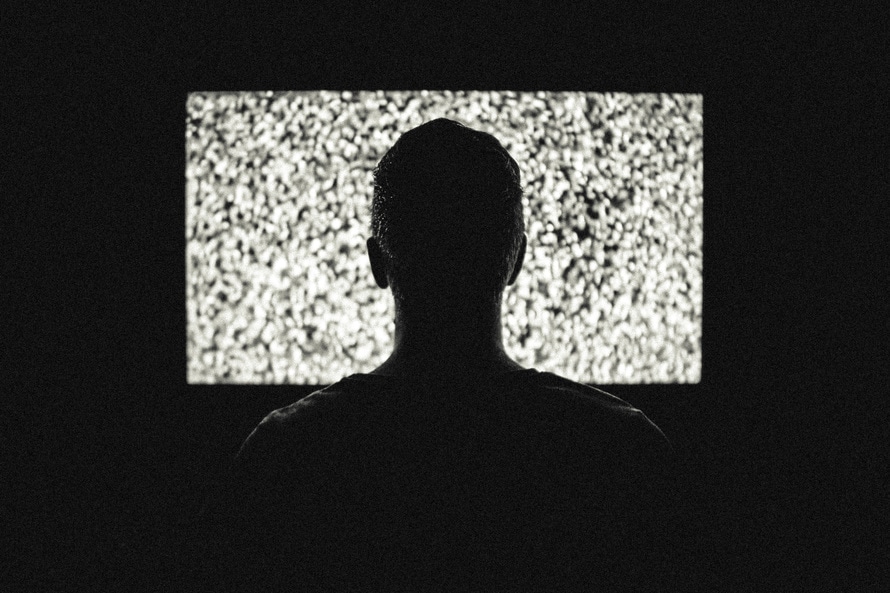
Huffington Post: Can Media Literacy End Violent Youth Extremism?
Posted November 22, 2016
Share To
TweetViolent extremism has been a staple of the 21st century. Understanding the proliferation of vilent extremism is difficult, but looking at it within the context of digital media's proliferation we can see some intersections and places for improvement.
Media literacy advocate DC Vito writes:
During the last few years, I’ve been heartbroken by stories about young people choosing paths of violent extremism. I’m talking about people like Dylann Roof, the young white supremacist whose shooting rampage left nine black churchgoers dead in South Carolina, or Hoda Muthana, a young Muslim woman who left her family in Alabama to marry an ISIS fighter in Syria. Their choices are stunning for their impact on the lives of innocent people, and because the path to redemption after such a choice seems nearly impossible.
I read these stories but had never really considered them through the lens of media literacy. That is, until I received an invitation from UNESCO to attend a conference on the internet and what they term “youth radicalization.” The experience transformed the way I think about The LAMP‘s work in media literacy, and opened my eyes to a new set of potential for how expanding access to media literacy and critical thinking can change the lives of young people worldwide.
It actually took very little time for me to see how The LAMP could add value to the conversation about youth violent extremism. During the opening session of the conference, panelists immediately took issue with the subtext of the conference, saying it was too easy to blame the internet for turning normal-seeming youth into rage-infused extremists. It was argued that this approach gives the internet way too much credit, while giving hardly any to young people. Of course I agree; we at The LAMP speak often about the faulty logic of blaming media or technologies instead of the people responsible for creating and interpreting them. It’s one of the reasons why we do what we do in the first place. We believe everyone is a producer and a reader, and that we all share the responsibilities that come with those privileges.
Read the full post.


